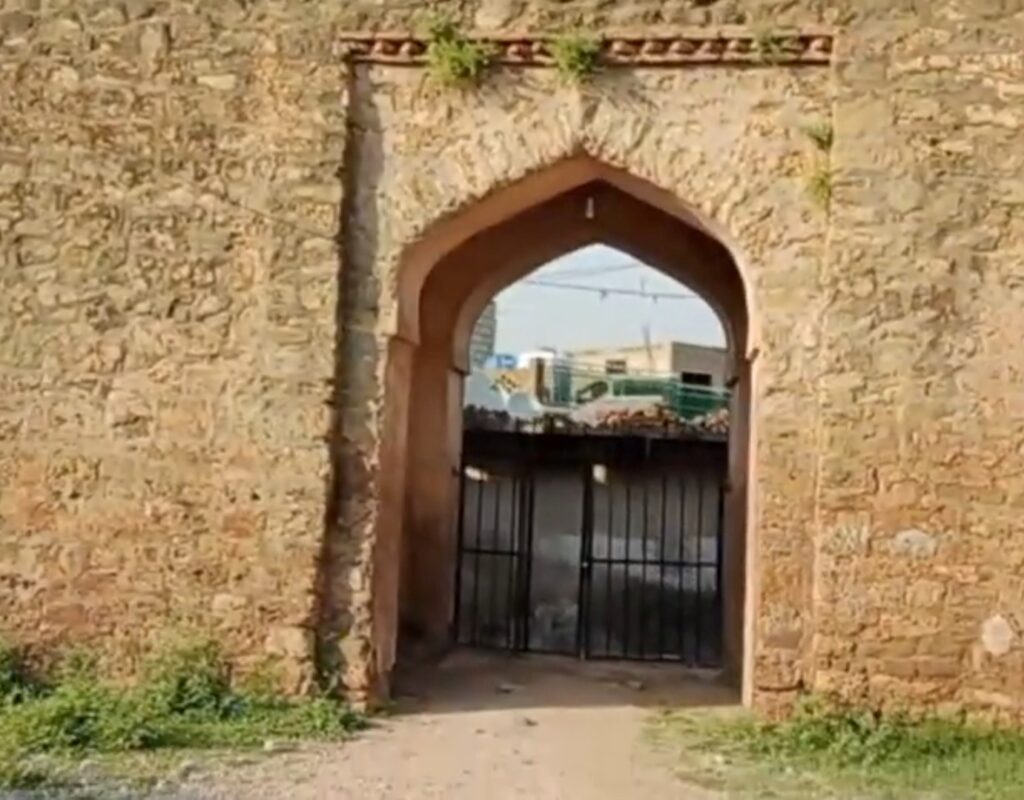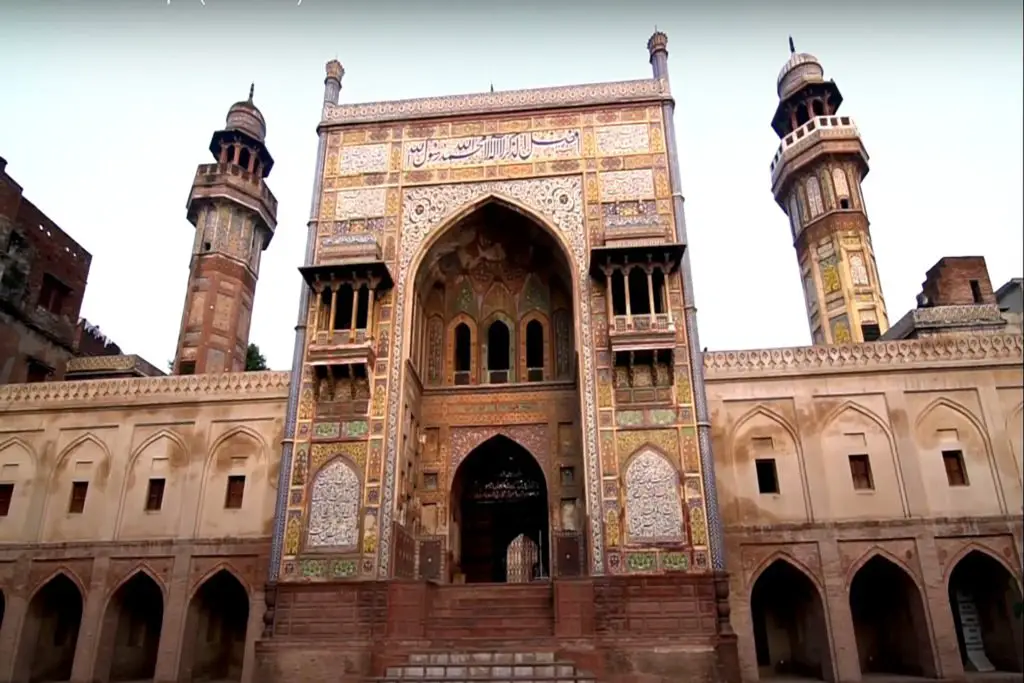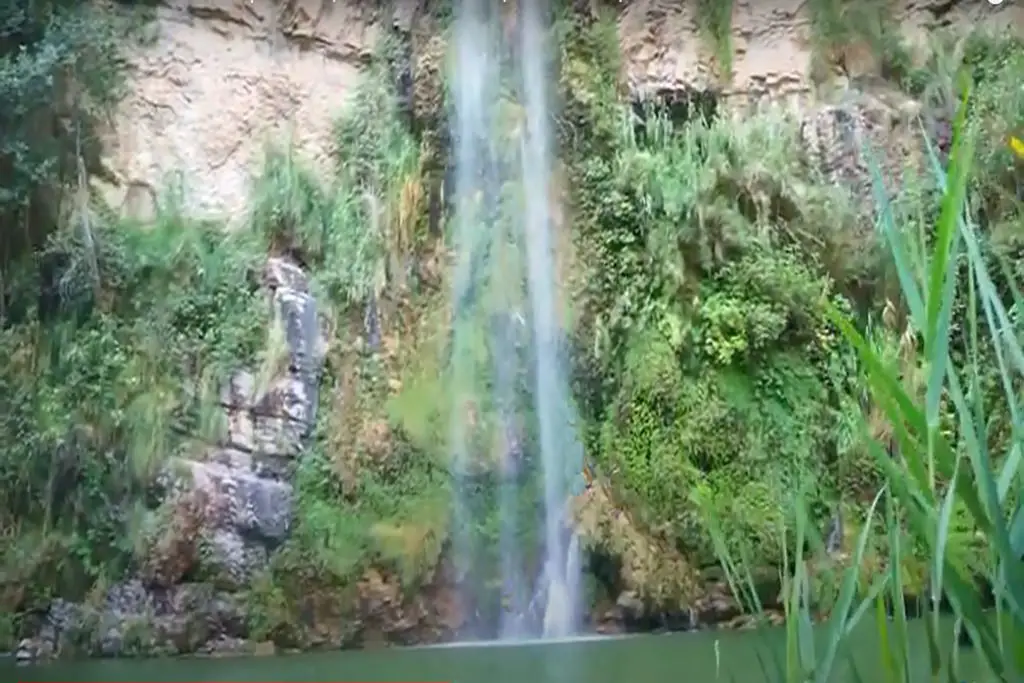Rawat Fort is a historic landmark located in the Rawalpindi district of the Punjab province in Pakistan. The fort dates back to the 16th century and is situated on the Grand Trunk Road, which connects Pakistan with India. The fort has played a significant role in the region’s history and is considered one of the most important heritage sites in Pakistan.
Rawat Fort is an early 16th century fort in the Pothohar plateau of Pakistan, near the city of Rawalpindi in the province of Punjab. The fort was built to defend the Pothohar plateau from the forces of the King Sher Shah Suri.
Location of Rawat Fort
Rawat Fort is 17 km east of Rawalpindi on Grand Trunk Road. The 2nd century Mankiala Stupa can be seen from the roof of the fort’s mosque. The fort is located approximately 50 miles from the vast Rohtas Fort, which had been built by Sher Shah Suri to establish control of the Potohar region.
Rawat fort was founded as a caravan serai in the 15th century by the Delhi Sultanate, though the caravan itself may have been built atop a Ghaznavid-era fort that was established in 1036 CE.
The caravan serai was then later fortified in the 16th century by the Mughal Emperor Humayun in order to defend the Pothohar Plateau from Sher Shah Suri’s forces.
The fort was the scene of a battle between the Mughal Emperor Humayun and Sher Shah Suri in 1546.
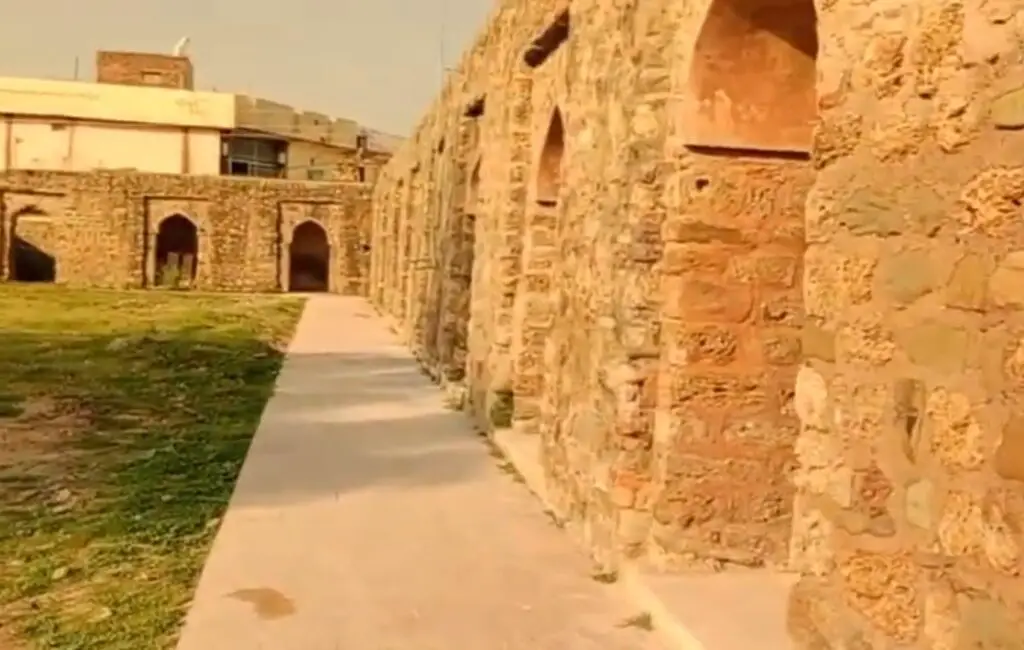
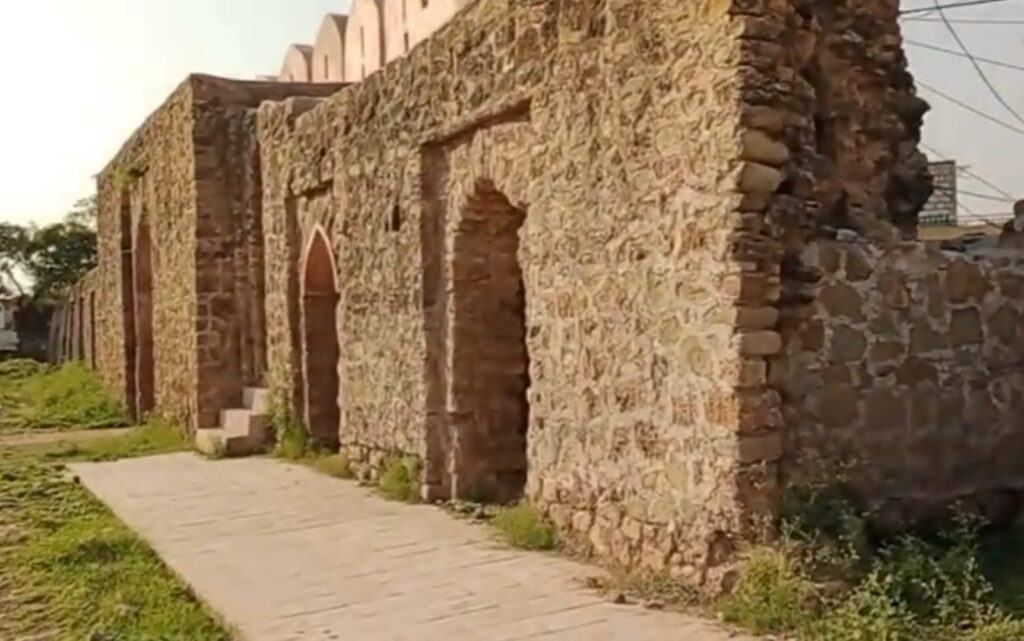
Rawat fort is almost in square form and has two gates. There is also a quadrangular building with a dome in the fort’s inner area – an area which also contains many graves. Along the perimeter are several small cells, which may have originally been small rooms rented out to itinerant merchants.The fort also contains a mosque with three domes.
The central courtyard of the fort contains ruined graves, that supposedly belong to the tribal chief and his two sons, who died fighting Sher Shah Suri. The two main entrances open to the east and the west. The walls of the fort are lined with small rooms, perhaps rented out to travellers. A quadrangular building, resembling a baradari, can also be found within the fort, along with a mosque. However, the original shape of the fort has been modified several times as it has gone under renovation and maintenance.
History of Rawat Fort
Rawat fort was built during the reign of the Gakhars, a tribe that controlled the region before the arrival of the Mughal Empire. The fort served as a strategic stronghold to defend the region against invasions by neighboring tribes and armies. The fort’s location on the Grand Trunk Road made it an important stopover for travelers and traders passing through the region.
Historians are not sure if Rawat Fort was built over the serai or vice versa, but they largely believe that the Fort expanded on what was the serai. Mughal Emperor Akbar acknowledges Rawat in his famed Akbarnama, but not much else is said, which may suggest that it was a simple rest stop along the G.T Road during the early Mughal Era.
Rawat Fort was built by which Clan
According to experts, this fort was built in the 16th Century by the ruler of the Gakkar Tribe, Sultan Sarang Khan Gakkar. The Gakkars were a tribal clan of warriors who once controlled the Pothohar Plateau, and were known for their tall, fortified cities. They were also allies of the Mughal King Humayun and sworn enemies of Afghan King Sher Shah Suri, who set up Rohtas Fort nearby to prevent them from crossing into his territory.
Legend has it, a fierce battle took place close to the Fort grounds between Sultan Sarang and Sher Shah Suri in 1546 AD, during which the latter defeated and executed the former. The building inside the fort is said to hold the graves of Sultan Sarang, and his 16 sons who died defending their home from Suri’s invasion.
The fort’s architecture is a blend of Mughal and Gakhar styles. The fort is constructed of stone and has thick walls and bastions that were designed to withstand attacks. The main entrance to the fort is a massive gate that leads to a courtyard surrounded by chambers and galleries. The fort’s interior has many rooms, passages, and staircases that are carved out of solid rock.
The fort’s most striking feature is its watchtower, which stands tall and commands a panoramic view of the surrounding landscape. The watchtower was designed to provide early warning of approaching armies or invaders. The tower has a spiral staircase that leads to the top, where visitors can enjoy a breathtaking view of the surrounding area.
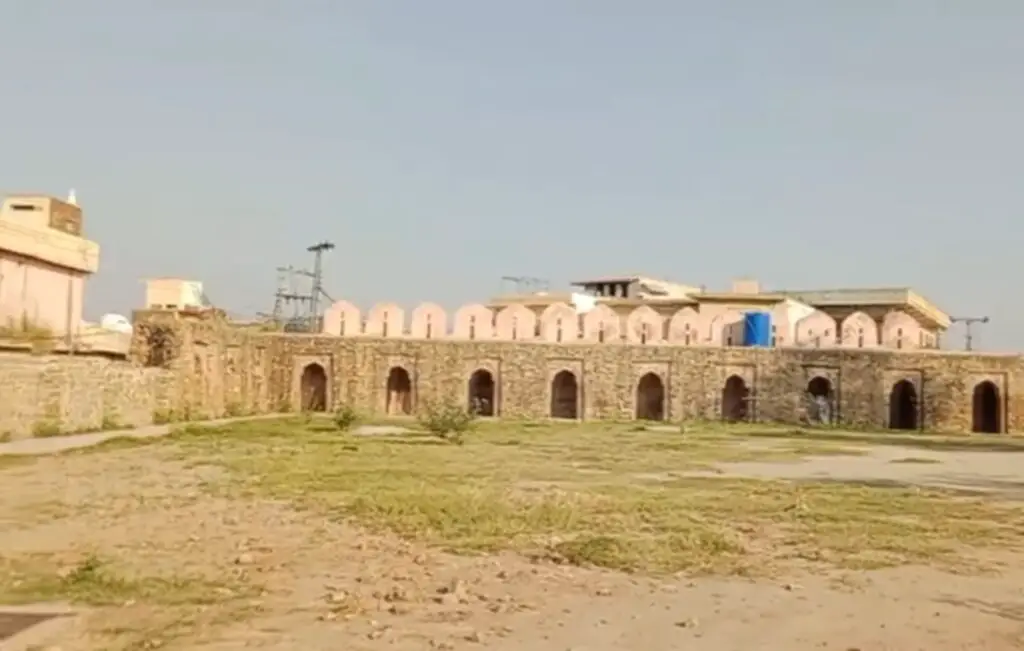
Although the compound is in a dilapidated condition, its design matches Rohtas in its design and intricacy. The fort is almost square in its shape, surrounded by high walls. There are remnants of two tall towers in the northern and the southern corners of the building, and it has entrances from the eastern and western sides. Inside there are two mausoleums and one three-domed mosque. The walls outside the fort are lined with small rooms.
The tomb is the most prominent part of the whole Fort. The walls are high with panels and arched openings which must have been embellished at the time. Historians believe that this building housed Sutan Sarang’s tomb, but there is no longer any indication of a marble cenotaph or grave. Many believe that the site, much like the mosque, fell victim to vandalism and poor restoration work that removed, or did not pay heed to the original façade.
Standing on top of the huge drum-shaped dome of the Tomb, one can see the Tope Mankiala, a Gandhara-era Buddhist Stupa once allegedly visited by Buddha himself. Buildings like the stupa surround the fort, but there is very little work done to uncover the story behind them.
Conservation of Rawat Fort
Talk of conserving the Fort began in 2017, under the Department of Archaeology and Museums. The first phase involved clearing the place of encroachments and installing security cameras to prevent the theft of bricks from the compound. Recently, under the Public Sector Development Program’s 2020-2021 Budget, the Government of Pakistan allocated about Rs. 5.6 million for the Fort’s preservation and restoration.
It is difficult to believe that the present-day roads of Pakistan were once battle grounds for epic clashes between kingdoms who vied for territory. Many people often drive through, unaware of the other sites that tell the story of this region’s history. Hopefully, with new restoration plans, the Rawat Fort will not only serve as a heritage site for tourists, but also as a gateway into the history of communities who once called this region home.
Rawat Fort has been well-preserved over the centuries, and many of its original features have been maintained. The fort is now managed by the Department of Archaeology and Museums in Pakistan and is open to the public for tours. Visitors can explore the fort’s architecture, learn about its history, and enjoy the scenic beauty of the surrounding landscape.
In recent years, the Rawat Fort has become a popular tourist attraction in the Rawalpindi region. Visitors can combine a visit to the fort with a trip to nearby attractions such as the Taxila Museum and the Khanpur Dam. The fort’s historic and cultural significance, combined with its beautiful setting, make it a must-see destination for anyone interested in Pakistan’s rich heritage.

